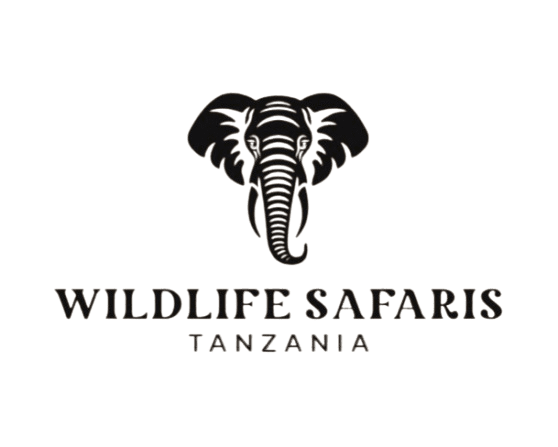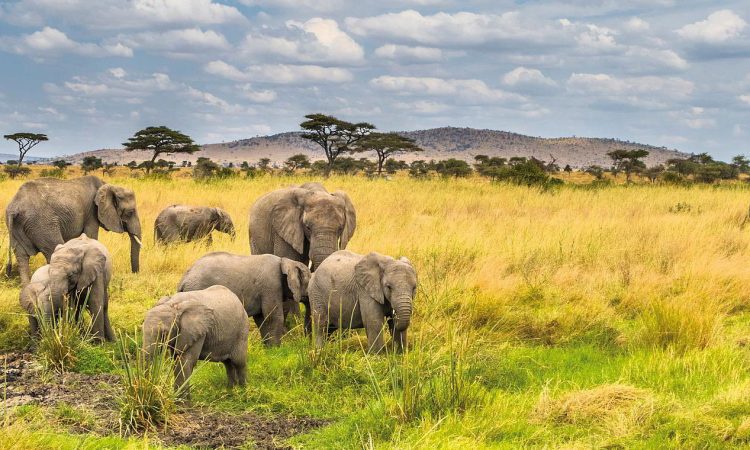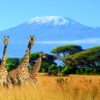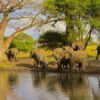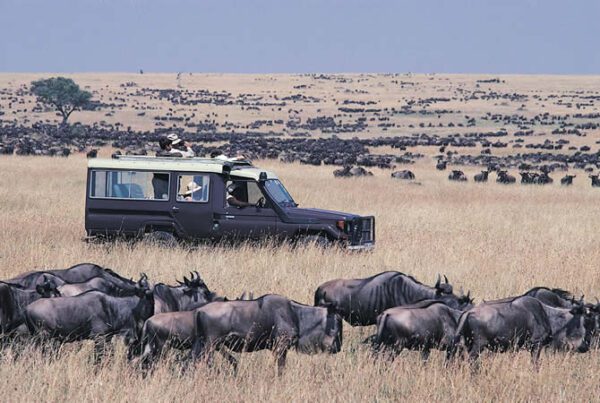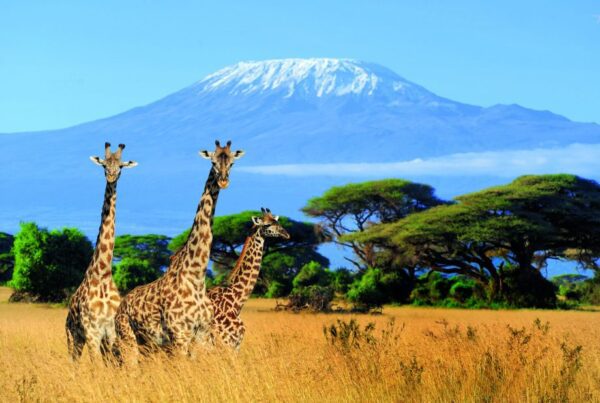In the southeastern region of Tanzania is Nyerere National Park, the biggest park in Africa, spanning over 30,000 square kilometers. The park’s unspoiled natural splendor has helped it to become one of the continent’s last remaining wilderness places. The park that is today known as Nyerere National Park was formerly called Selous Game Reserve. But it changed its name to Nyerere National Park in 2019 after being formally designated as one. Mwalimu Julius Kambarage Nyerere, Tanzania’s first president, is commemorated by the name.
The Rufiji River, the longest river in Tanzania, flows through the park’s northern section, making it an integral component of one of the world’s most renowned rivers. The park’s old woods, placid rivers, and palm-lined lakes are home to a wide variety of animals, making it one of a kind. For those seeking the ultimate Tanzanian safari experience, including wilderness walking, Nyerere National Park is the place to go. Exciting boat safaris among the park’s hippos and walking safaris into unspoiled wilderness sections are available at this park. The park is a one-stop shop for experienced hunters as it houses not only the big five but also every major predator on the continent, including cheetahs and wild dogs.
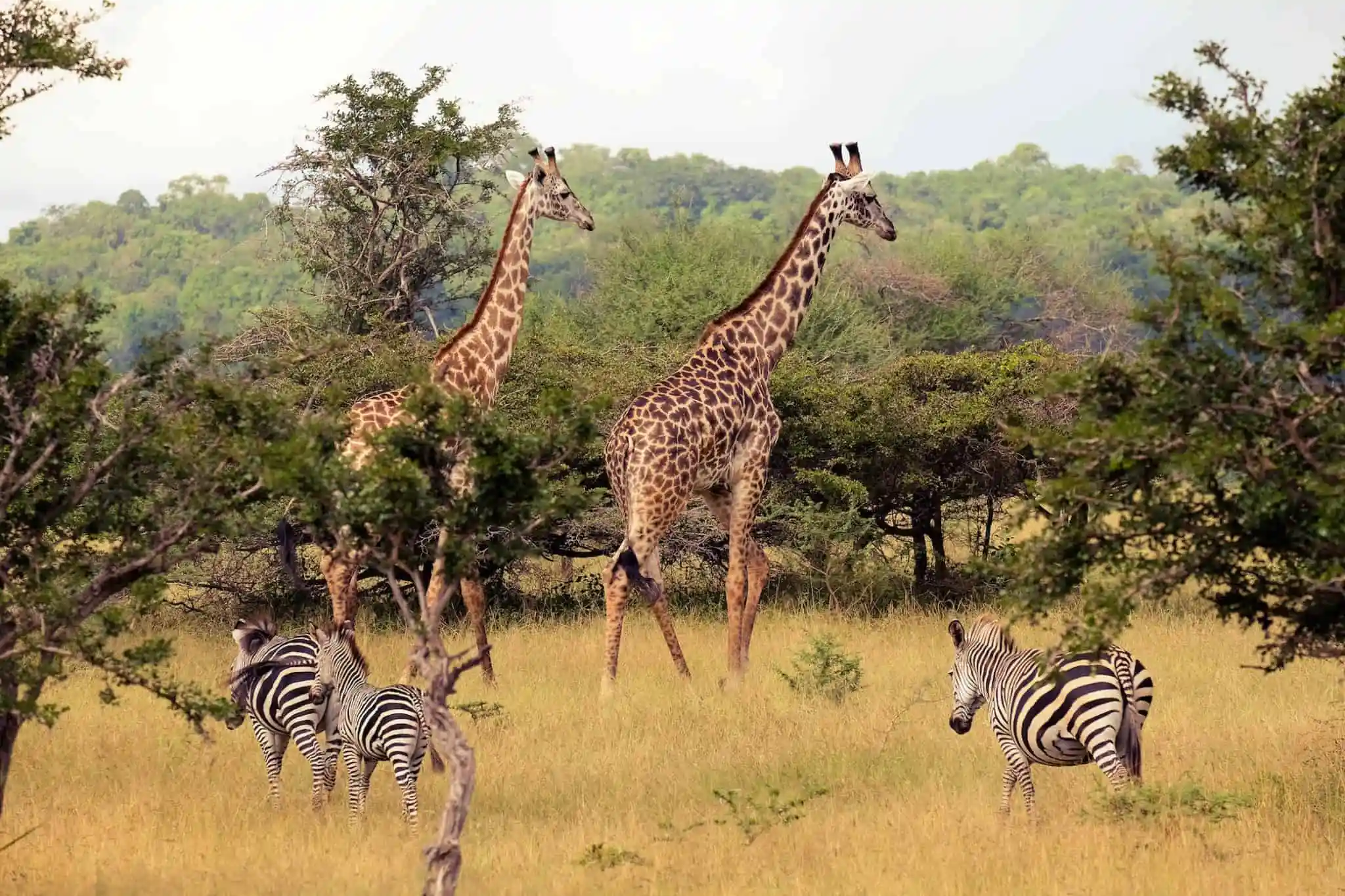
Have you ever fantasized of going on an exciting safari in Nyerere National Park? If so, a chartered flight departing from Mwalimu Julius Kambarage Nyerere International Airport in Dar es Salaam, Tanzania’s commercial capital, and arriving at Nyerere National Park would be the most convenient alternative. There are several airstrips in the area, including those at Nyerere National Park, Beho Beho, Mtemare, Mbuyu, and Matambwe. Travelers still have the option to reach Nyerere National Park via road.
This may be accomplished after a six-hour journey from Dar es Salaam, with the majority of the safari taking place on difficult terrain adorned with picturesque views of rural Tanzania. Because of its isolated geographical position, Nyerere National Park is not a viable choice for last-minute reservations, hence it is highly recommended that you book your safari and lodgings in advance. You may experience the incredible African wildlife adventure without any hassle if you organize your safari in advance.
Although its exact size is unknown, Nyerere dwarfs the Serengeti. Thus, it is a secret treasure for people who value solitude and unspoiled nature. No two safari cars will ever have to fight for a glimpse of animals since the greenery is still so verdant. As a result of fewer tourists, hotels and safari packages are more affordable. Since Nyerere provides nearly the same experience as several northern parks, it is the ideal choice for individuals on a tight budget.
A wide variety of large and tiny animals call Nyerere home.
Lions, leopards, buffalo, and elephants make up the Big Five, from which you can select four. Wildebeests, hartebeests, zebras, and other similar species are also present.
Compared to the parks in the north, this one has an incredible concentration of large cats. More often than not, you can spot a leopard sheltering under an acacia tree or a cheetah soaking up the sun on a rock ledge.
A trip down the Rufiji River in a boat can alter your course of life. While you’re on the water, you can encounter hippos and crocodiles in the Nile. Water birds also have lovely songs that they sing. Sunrise, sunset, or any time of the day is perfect for a boat ride.
Exquisite avian habitat. Nyerere is the place to go if you want to view a wide variety of species, including ibises, gigantic kingfishers, purple-crested turacos, white-fronted bee-eaters, pink-backed pelicans, African skimmers, and yellow-billed storks. This park guarantees spectacular views of birds with more than 450 species in it. In addition, the lushness and seclusion of the area will provide photographers with the ideal setting for their “one shot, one story” shots.
